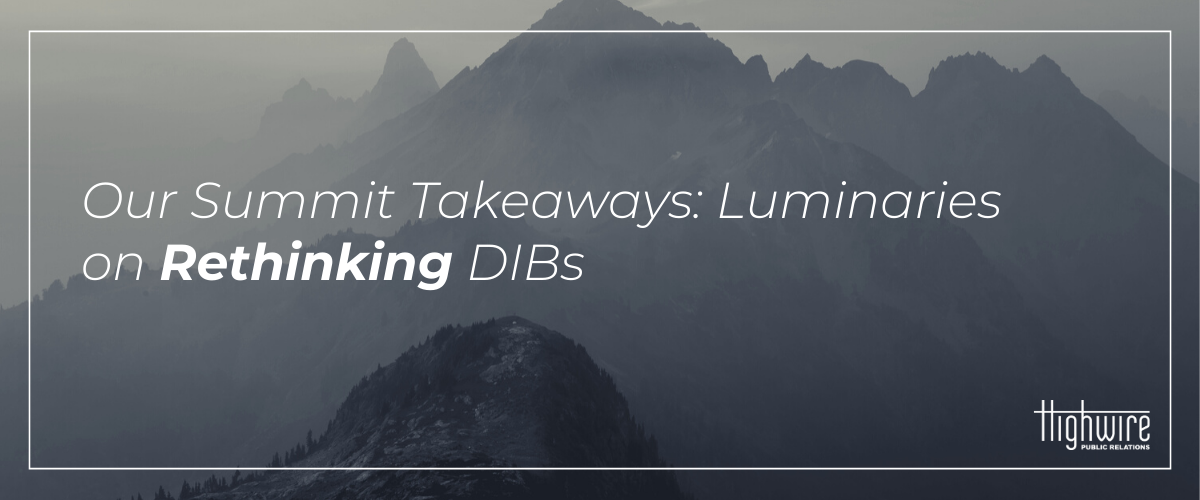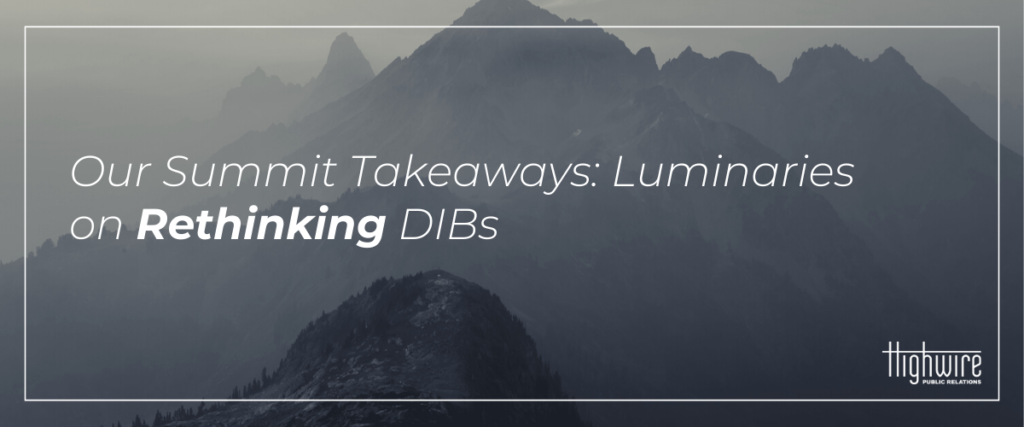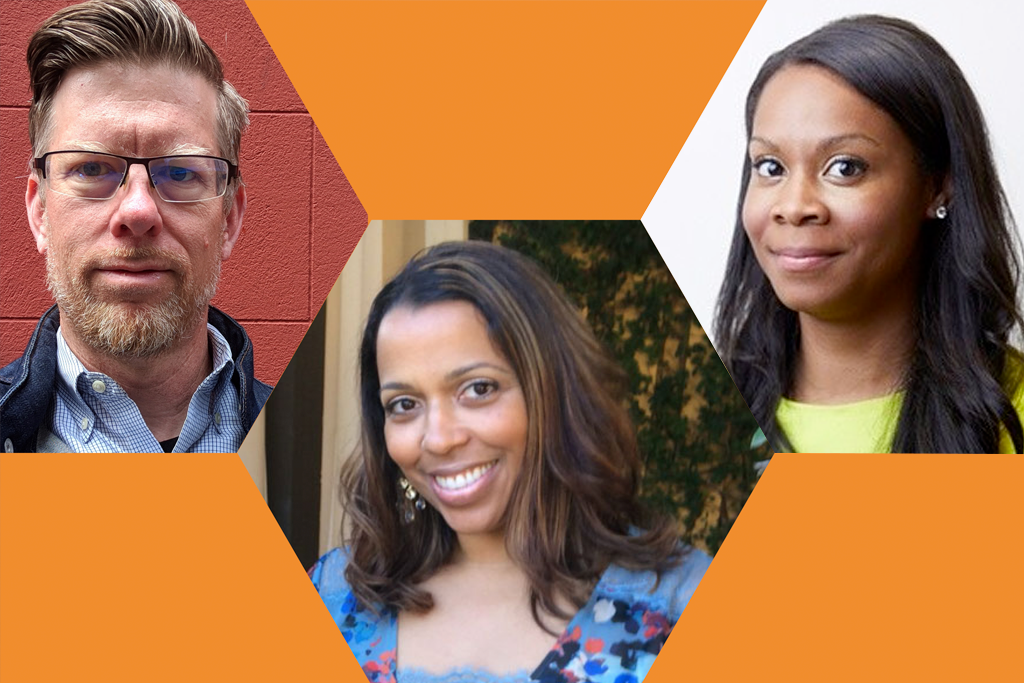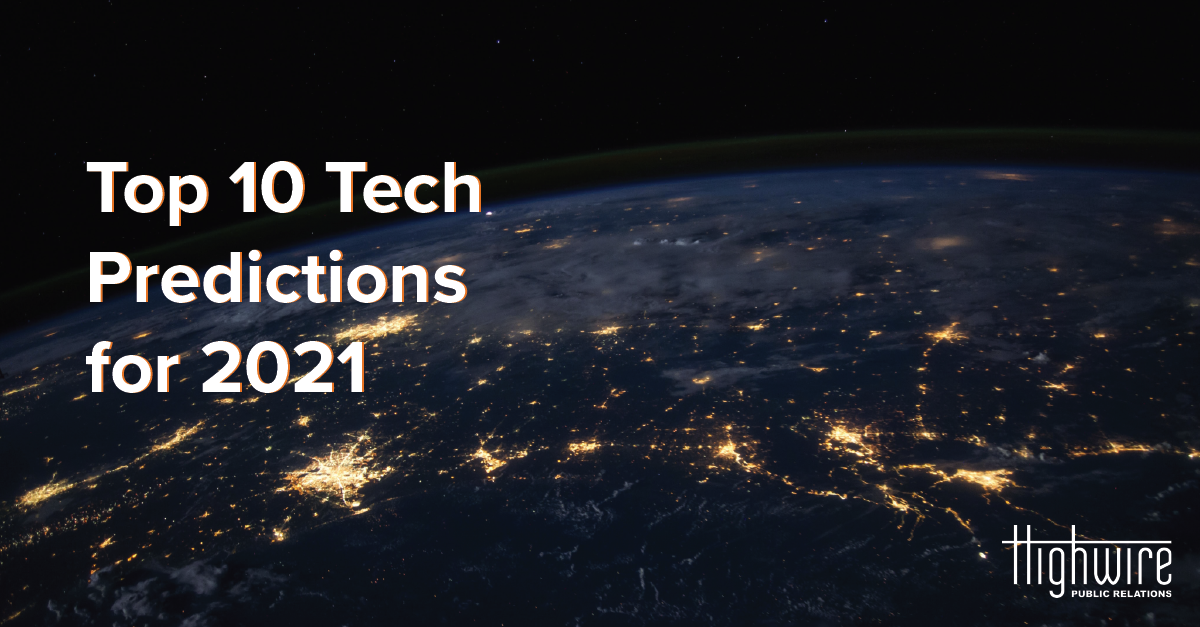
 The PR industry has not made enough progress on Diversity, Inclusion and Belonging (DIBs) initiatives in the past few years. A PRWeek study sheds light on the disparity: A mere 13% of PR agency board/C-suite members are non-white, while 24% of the workforce is non-white. The Black Lives Matter movement following George Floyd’s death encouraged agencies to think critically about how they can support and uplift Black, Indigenous and People of Color (BIPOC) voices in their communities and diversify their workforce.
The PR industry has not made enough progress on Diversity, Inclusion and Belonging (DIBs) initiatives in the past few years. A PRWeek study sheds light on the disparity: A mere 13% of PR agency board/C-suite members are non-white, while 24% of the workforce is non-white. The Black Lives Matter movement following George Floyd’s death encouraged agencies to think critically about how they can support and uplift Black, Indigenous and People of Color (BIPOC) voices in their communities and diversify their workforce.
PRovoke hosted a panel discussion on Monday intended to spur change. Highwire Principal and cofounder Emily Borders moderated an insightful discussion with industry luminaries Elizabeth Bananuka, Neil Foote, Soon Mee Kim and Randy Moore. The panel was titled Charting a Course: How Agencies can Work Together to Accelerate Diversity, Inclusion and Belonging.
The Highwire team felt inspired by the conversation, so we compiled five ideas we can’t stop thinking about. We look forward to applying these insights internally and hope you can implement these concepts to develop your DIBs initiatives in a meaningful way.
1. Where Morals and Business Intersect
Kim, Global Diversity, Equity and Inclusion Officer at Omnicom Public Relations Group stressed the importance of recognizing “diversity, equity, and inclusion as a moral imperative without question. It is also a business imperative.” Decisions within companies are typically made with business outcomes in mind. When it comes to DIBs initiatives, however, companies must set aside revenue goals and do what is right, both on an individual and organizational level.
The positive effects on business growth are proven. Racial and ethnic diversity improves financial performance by 35%, according to a McKinsey & Company study. Diversity also has a positive correlation with innovation. Harvard Business Review, which defines innovation as freshness of revenue mix, found that more diverse companies welcomed 19% more innovation revenue. Communications teams representing partners that strive for innovation should make DIBs part of their PR programs, encouraging their partners to rev up diversity programs. “DEI equals ROI” said Foote, President and CEO of Foote Communications.
2. Dissolving Performative Allyship
Remember when Instagram was flooded with blackout squares on Black Out Tuesday back in June? Individuals and brands posted black squares to their feeds to stand with the Black Lives Matter movement. While the intentions here may have been sound, the result buried educational content on how to be an ally and didn’t do much to actually help people.
The same applies to employer brands. Bananuka, CEO and cofounder of The Blueprint, reminded us that “ethnic minorities are not pets for you to use for your LinkedIn content.” Performative allyship will not cut it. Surface-level actions that are solely intended to show people they care do not truly make a difference in undermining systemic racism. Instead, organizations must commit to taking meaningful action in all aspects of business, such as recruiting, wages and the boardroom.
3. Rethinking Recruitment
Teams looking for BIPOC candidates ask, “Where do we find this talent?” These teams should rethink how they recruit and where they are looking for prospective employees. Instead of assuming diverse candidates will approach them, hiring managers must proactively seek them out and meet them where they are. As Moore, Chief Operating Officer of COOP, said, “The problem is not with Black and Latinx students, it’s with the organizations. Black and Latinx talent is out there.”
Employers must also revisit job descriptions and requirements. Foote said that the “four-year degree is not the only marker for talent” and those diverse candidates who may not have impressive internships may bring other qualities through their lived experiences, such as juggling multiple jobs at once. Recruiters might step away from the top institutions that cater to white students and refocus efforts on other communities.
4. Daily Discussion
DIBs should not be a passing reaction to the Black Lives Matter movement. This work should not stop but rather should become an integral part of daily operations. Foote said this is “a daily conversation. Not saved for our annual meeting, but conversations that are happening daily.” Teams across the organization should examine what they are doing to be better allies and outline steps to integrate anti-racism work into daily activities. For example, PR teams might ensure diversity is included in every single creative campaign. Business development teams may bring diversity initiatives into the conversations they are having with prospects daily.
5. Influencing Organizational Structure
Executive-level advocacy is admirable, but “doing right” isn’t enough if a new-hire on the other side of the power continuum doesn’t feel welcome. Moore suggested creating affinity groups within an organization, for example, as a way to begin making an early difference. Known as the “grass top,” executives can pull levers that influence other influencers. They can activate more initiatives that also influence their organization’s “grass roots.”
Whichever way the initiatives originate and fan out, the ultimate measure of success is the BIPOC employee’s own assessment of inclusion. Efforts, metrics and statements on social media alone aren’t enough.
As Moore said, “Sometimes we see larger [DIBs] initiatives on the grass top, but if it’s not trickling down to the grassroots it doesn’t have an effect on the most important stakeholder.”

